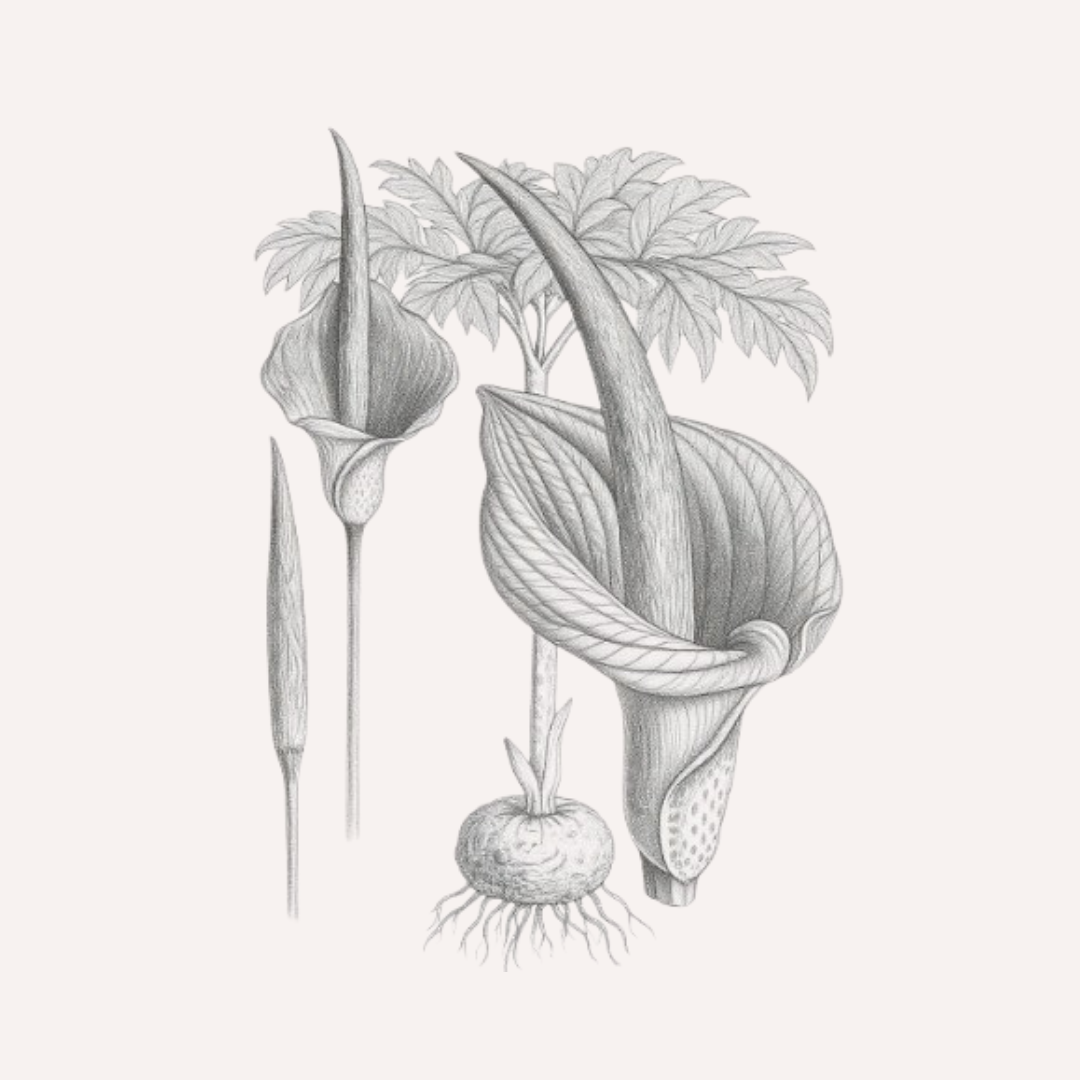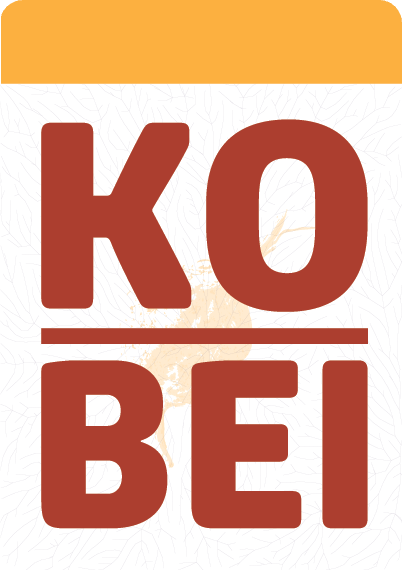
KOBEI 101
What is KOBEI Rice?
KOBEI Rice is a low-calorie, low-carb rice that closely resembles white Jasmine rice. It is primarily made from a simple blend of konjac and a touch of rice grain, then shaped into-rice like grains.
What is Konjac?
Konjac is a root vegetable native to East and Southeast Asia where it has been used in cooking for centuries. What makes it special is a soluble fiber called glucomannan known for its ability to absorb many times its weight in water. Because konjac is made up mostly of fiber and water, it is often used to create low-calorie, low-carb alternatives to traditional starch-heavy staples.
Why Konjac?
Blood Sugar Control
Low in digestible carbs and rich in glucomannan fiber, it slows carb absorption from your meal, helping reduce blood sugar spikes.
Weight Management
By absorbing water and expanding in the stomach, it promotes fullness that can help reduce calorie intake.
Heart Health
Soluble fiber from konjac can bind to fats in the digestive tract, helping lower cholesterol and triglyceride levels.
Digestive SUpport
Rich in soluble fiber, it helps ease digestion and support regularity.

HOW TO COOk KOBEI RICE
Cooking KOBEI Rice is simple and easy, taking less time than traditional rice. It can be prepared in different ways, with the stovetop method being the most common.
Step 1
Bring water to a boil in a pot or kettle.
Step 2
Once boiling, remove the pot or kettle from the heat.
Step 3
Measure equal parts KOBEI Rice and boiling water (e.g., 1 cup rice to 1 cup boiling water).
Step 4
Place the KOBEI Rice in a heat-safe bowl or pot. Pour the hot water over the rice (off the heat), cover, and let it sit for 10–15 minutes or until the water is fully absorbed.
Step 5
Fluff gently and enjoy your KOBEI Rice.
Tip: If the rice still feels damp, leave it covered a little longer until all the water is absorbed.
Alternative Method: Rice Cooker
You can also cook KOBEI Rice in a rice cooker using the same 1:1 ratio. Because KOBEI Rice is lighter than traditional rice, it won’t need as much cooking time—just long enough for the rice to soak up the hot water and take shape.


